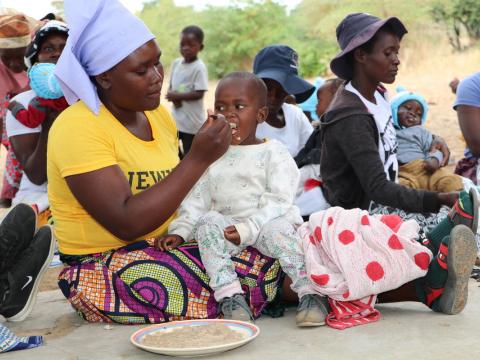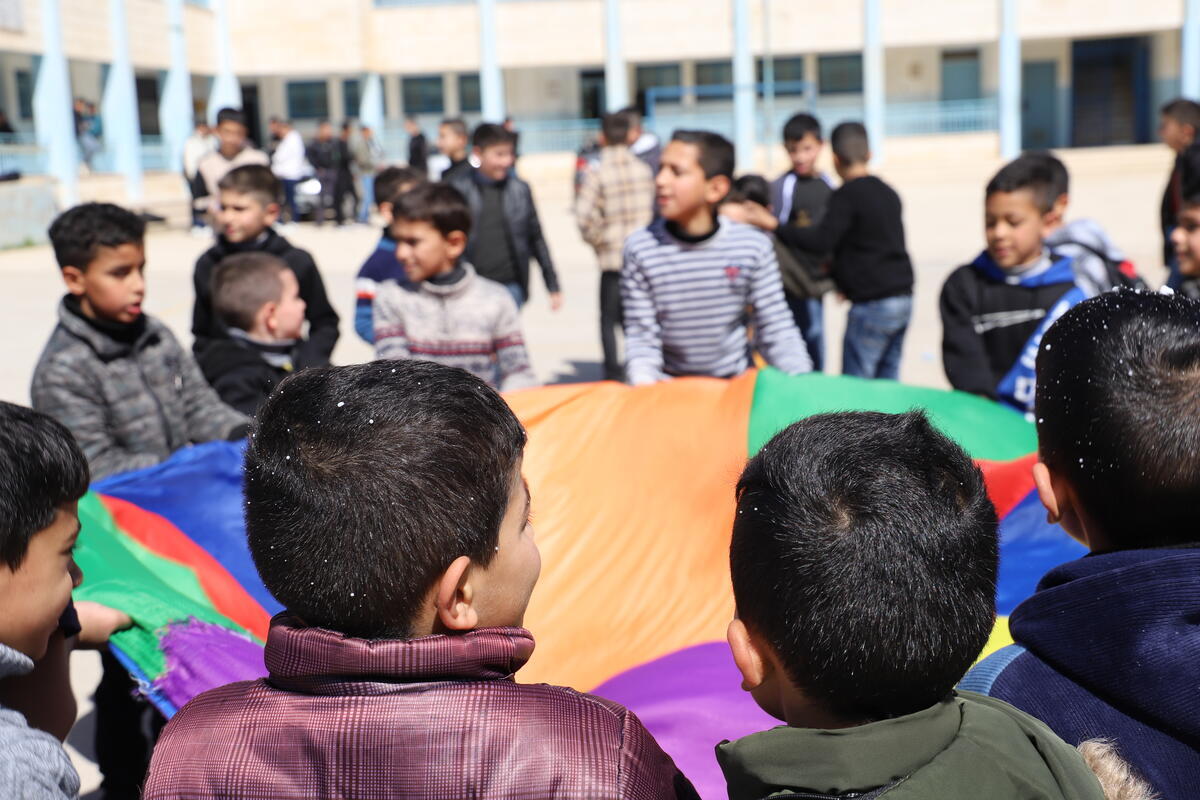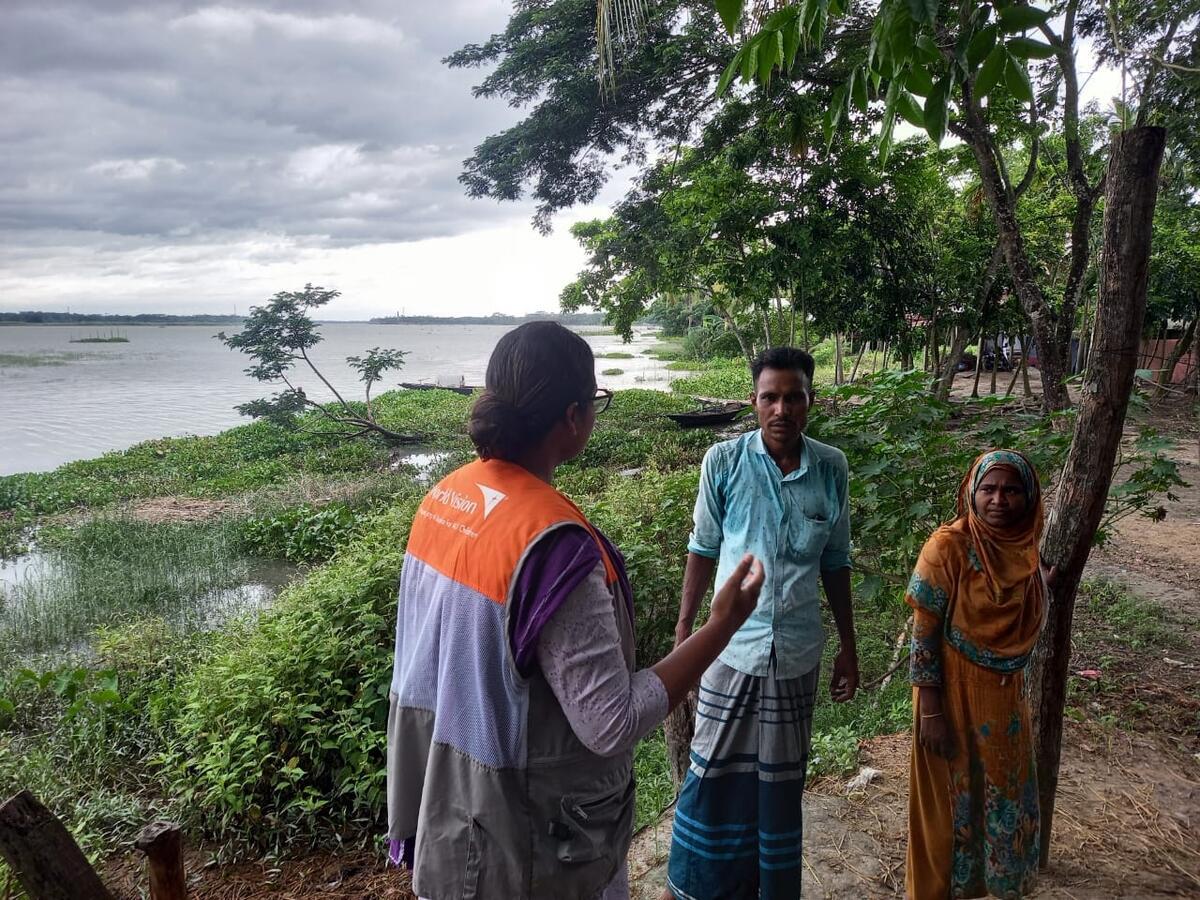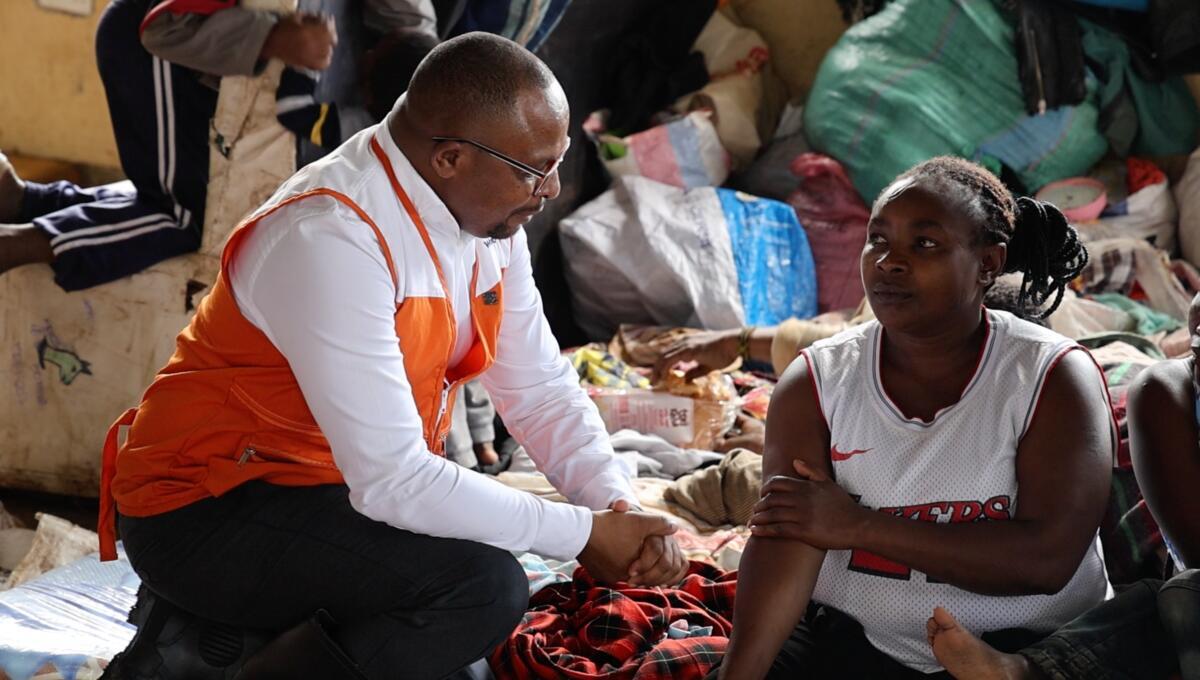Your 101 Guide to Disasters + Development

Disasters are terrible. What more do I need to know?
You’re right – a disaster is a disaster, no matter where it happens. But not all disasters are equal. The reality is that less developed countries are often more vulnerable to disasters than developed countries, have fewer resources to prepare for or respond to disasters, and so are hit harder when disasters strike. For example, in May 2024, three European countries were hit by severe flooding and only one person died. At the same time, flooding in Uganda has left more than 50 people dead and over 18,000 people displaced. Developed countries are better equipped to cope with disasters, while less developed countries face more challenges in recovering from disasters and are often pushed even further behind.

Let’s go back a step. When you say ‘developed’, what does that really mean?
Think of development as the mass of things at work in a country that gives people the foundation to build a good life. Think functioning water and road infrastructure, a strong rule of law, well-educated people, a vibrant economy, and good health care. The development delivers quality of life and improves the future prospects of individuals and societies. A ‘developed’ country has these fundamentals in place, by and large.
So what do disasters mean for development?
When disaster strikes, a country’s development can be dragged back years or even decades. Important funds are diverted to rebuild the basics from scratch – hospitals, government buildings and the data they contain, schools, roads, and water infrastructure, to name just a few. When these massive re-investments are needed – often over and over again – a recovering nation’s most vulnerable people are invariably the first to feel the effects. Women, children, and the disabled are disproportionately disadvantaged by disaster.

It doesn’t sound like there’s a quick fix for that kind of impact.
You’re right. Long after the emergency is over, the ongoing effects can ripple into the next generation. With children out of school for extended periods, economies suffer from weakened workforces. With neither the stability nor resources to restore normality, a family which was previously struggling with poverty has very few chances to get back on its feet and it can take generations to recover.
On the flip side, a country that is well-developed can prepare for disaster, which makes the recovery much faster and vastly reduces the long-term effects people face.
So development protects people in disasters, but disaster threatens development?
Exactly. And that’s why when you sponsor a child, you don’t just partner with governments, communities and the world’s biggest humanitarian organisations (we’re the World Food Programme’s (WFP) leading aid distribution partner) to get emergency aid to families when they need it most – you also give children, parents and communities the knowledge and tools they need to build their resilience to disasters. It happens bit by bit, year by year, as the long-term partnership of sponsors like you helps the community with better infrastructure, stronger livelihoods and economies, more family savings, more education and better disaster planning.

Great. So when a disaster happens, what does sponsorship do to help?
When disaster strikes, our long-term programmes mean we are often already there in the affected communities and have established networks and resources that can be mobilised to help quickly. Our response is designed based on the specific needs of that community, with the goal of achieving the best short- and long-term outcomes. There are four main components of our disaster response:
- Emergency relief: In the immediate aftermath of a crisis, sponsors provide critical assistance such as food, water, shelter, and healthcare to the people who need it, and child sponsors’ funds are pooled to provide urgent support for all children. Right now, our biggest emergency response is focused on the global hunger crisis. From October to December 2023 alone, we supported 4.1 million people globally with life-saving food assistance.
- Education and child protection: It’s critical to make sure the immediate impacts of a disaster don’t devastate their futures as well. World Vision’s award-winning early reading programme, Unlock Literacy, is specially designed to keep children learning and connected to education, even in the toughest of times – whether girls and boys are in or out of school. In Honduras, for example, Unlock Literacy has helped 17,808 children continue to learn despite the raft of natural disasters and civil unrest in recent years.
- Psychosocial support: Some of the biggest impacts of disasters aren’t visible. Sponsorship helps connect people to counselling and mental health services. Our child-friendly spaces (CFS) are staffed with trained providers and offer comfort and a place where children can be safe to play and just be children during times of emergency. Right now, child-friendly spaces are operating in Lebanon and many other places around the world to protect and support children.
- Long-term recovery programmes: Sponsors continue to support communities long after the disaster has passed, building (and re-building) infrastructure, livelihoods, and community resilience. Income generation projects, savings groups, and agricultural and business training help families increase their income, so they can better provide for their children’s needs today and in the future. In just one area in Sri Lanka, 350 families have received small loans or business training since the COVID-19 pandemic to help them stabilise their household income.